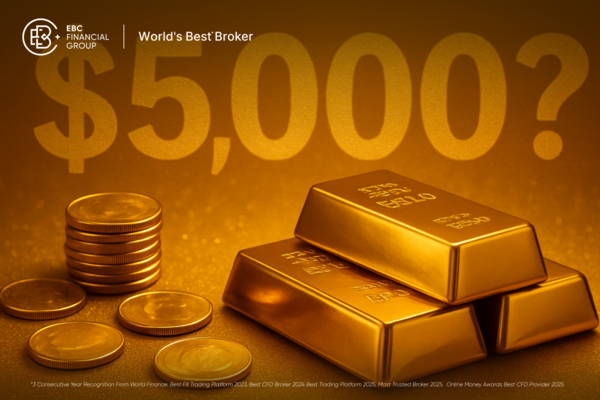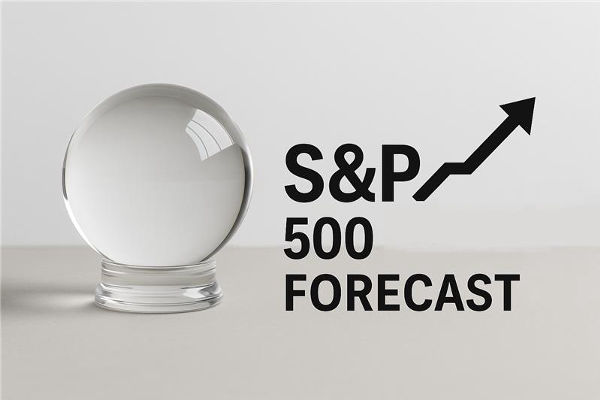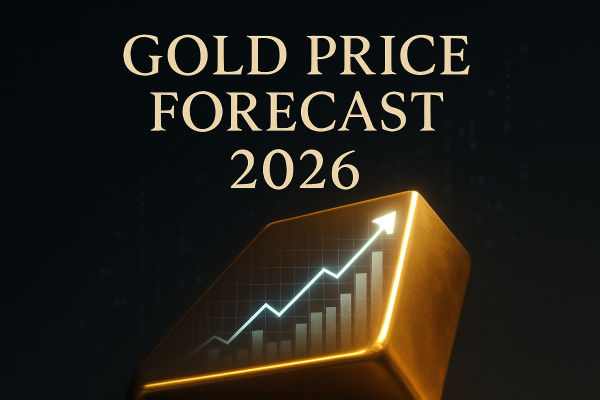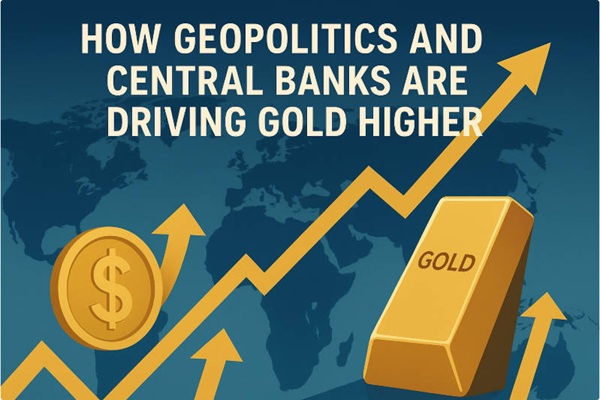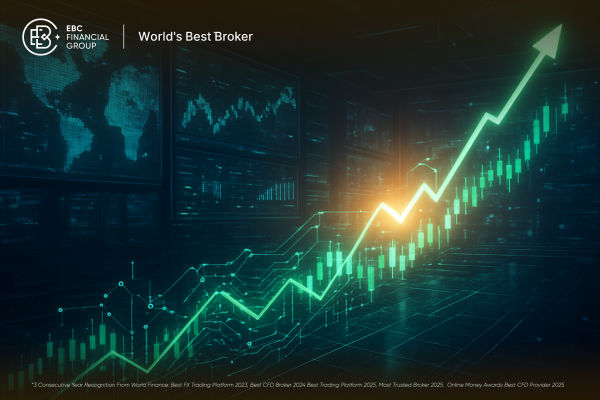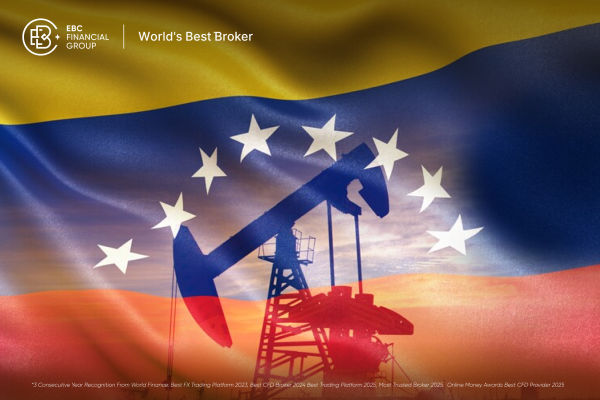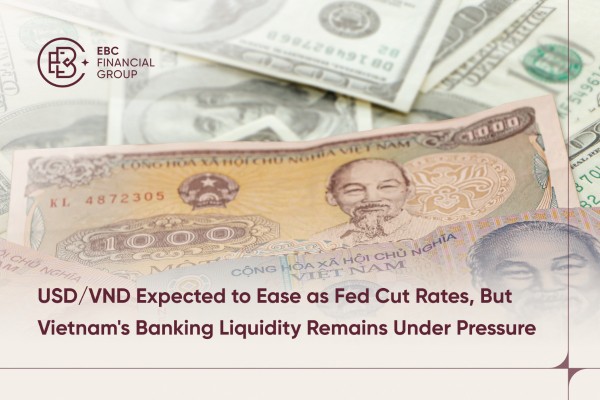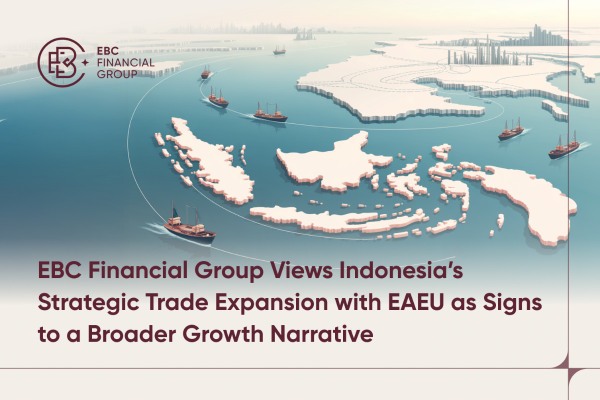Gold is back in the spotlight as global uncertainty deepens. Inflation remains stubborn, central banks are nearing a policy crossroads, and geopolitical tensions show no signs of easing. Against this backdrop, the yellow metal is attracting renewed interest—not just as a hedge, but as a strategic anchor in portfolios worldwide.
As investors weigh the risks of economic slowdown against the potential for monetary easing, gold's role as a store of value is being re-evaluated. With prices hovering near historic highs and forecasts pointing even higher, understanding the forces behind gold's momentum has never been more important.
Global Economic Indicators
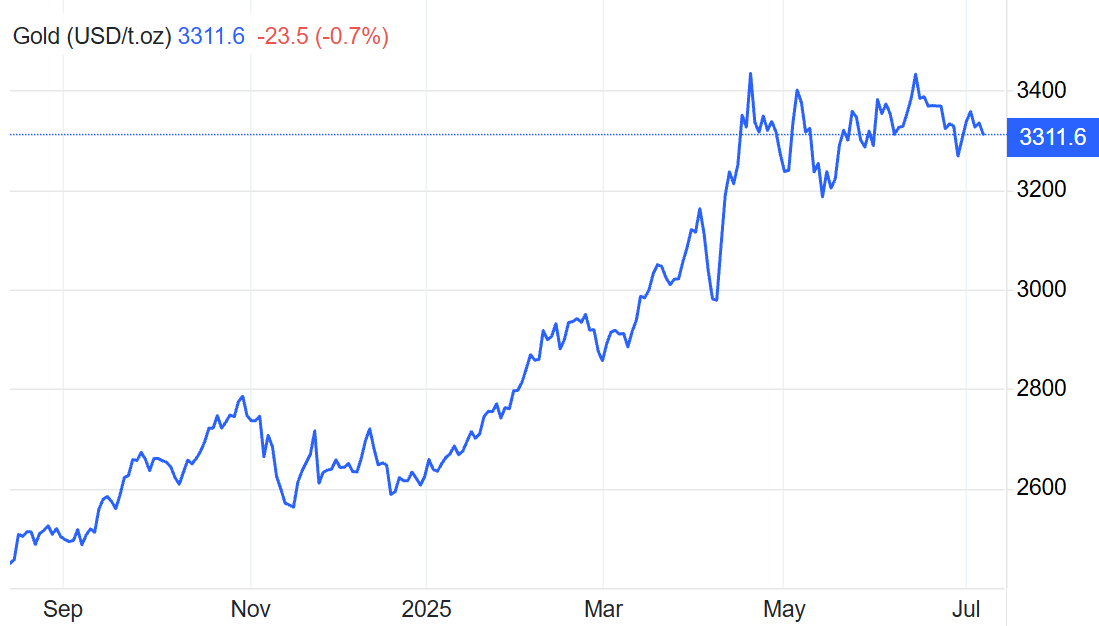
The health of the global economy plays a central role in determining the demand for gold. In particular, gold's performance is closely tied to expectations around inflation, interest rates, employment trends, and economic growth.
In 2024 and into early 2025. inflation has remained persistently above central bank targets in many advanced economies. Although inflation has moderated from its post-pandemic highs, the return to a stable 2% environment is proving elusive. This environment has rekindled gold's traditional appeal as an inflation hedge.
At the same time, economic slowdown concerns—especially in Europe and parts of Asia—have created demand for safer assets. With global GDP growth projections hovering below 3% and consumer spending softening, gold is seen by many investors as a counter-cyclical asset.
Real interest rates, which reflect the inflation-adjusted return on cash or bonds, are another critical determinant. When real rates are low or negative, the opportunity cost of holding gold diminishes, making it more attractive. While nominal interest rates remain elevated in 2025. high inflation has effectively reduced real yields, offering gold tailwinds.
Central Bank Policies & Reserves

Another vital force behind the gold market is central bank policy. Over the past two years, monetary tightening by the US Federal Reserve, European Central Bank, and Bank of England has dominated headlines. While this tightening phase has helped cool inflation, it has also increased concerns about a potential policy overshoot that could stall economic growth.
In response, some central banks—particularly in emerging markets—have accelerated their gold reserve purchases. According to the World Gold Council, 2024 saw record levels of central bank buying, led by countries such as China, India, and Turkey. These acquisitions serve to diversify national reserves away from US dollars and reduce exposure to currency volatility.
In 2025. this trend is expected to continue, especially amid mounting geopolitical tension and increased scrutiny of US monetary hegemony. With many nations seeking alternative stores of value, gold is being repositioned as a strategic asset for financial stability.
Geopolitical Risk and Safe-Haven Appeal
Gold is often referred to as the ultimate safe haven, and its price tends to rise during periods of geopolitical uncertainty. In the first half of 2025. several flashpoints have already emerged: simmering tensions in the Taiwan Strait, a fractured Middle East, and renewed trade friction between the US and China.
Each of these developments has strengthened gold's defensive appeal. Investors are increasingly allocating capital to gold as a hedge against the unpredictable consequences of geopolitical events—be it trade disruption, sanctions, or outright conflict.
Moreover, concerns about de-dollarisation, particularly by brics nations, have added to gold's strategic allure. As countries attempt to build monetary systems less reliant on the US dollar, gold's role as a politically neutral and universally accepted store of value is being reinforced.
Gold Price Forecasts & Outlook Studies
Given the multiple macro tailwinds, analysts have been revising upward their forecasts for gold. Many now expect gold to reach or exceed $3.000 per ounce by the end of 2025. particularly if inflation remains sticky and rate cuts begin to materialise in key economies.
State Street Global Advisors suggests a "higher-for-longer" regime for gold prices, driven by persistent central bank demand and macro uncertainty.
Citi has offered a more cautious estimate, forecasting gold could range between $2.700 and $2.950. depending on US economic data and dollar strength.
Goldman Sachs and UBS are more bullish, forecasting potential spikes above $3.200 should the Federal Reserve signal a dovish shift or should geopolitical tensions escalate further.
The consensus among institutions is that gold will maintain a strong upward bias in the medium term, underpinned by investor demand, strategic central bank accumulation, and a weakening dollar environment.
Risks, Corrections & Bear Scenarios
Despite the bullish sentiment, it's important to consider the risks and potential downside scenarios for gold investors.
The most immediate threat to gold's rally is the possibility of a stronger-than-expected US economy, which could delay rate cuts and push real yields higher. If economic resilience forces the Federal Reserve to maintain a hawkish stance, gold may face short-term corrections as the opportunity cost of holding non-yielding assets rises.
Another headwind could come from a strengthening US dollar, which historically pressures gold prices due to their inverse relationship. Should the dollar regain strength amid renewed capital inflows or policy divergence, gold’s momentum could temporarily falter.
Finally, a collapse in investor sentiment—such as rapid ETF outflows or shifts in commodity allocations—could lead to price corrections. While these corrections may be brief, they could create volatility and short-term trading risks.
It is also worth noting that speculative excess could result in overbought conditions, particularly if prices rise too sharply in anticipation of policy shifts that do not materialise.
Conclusion
The outlook for gold in 2025 appears broadly optimistic, driven by a potent mix of macroeconomic uncertainty, geopolitical instability, and strategic reserve accumulation. As central banks around the world reconsider the composition of their reserves, and as investors seek reliable hedges in a volatile global landscape, gold is poised to play an increasingly central role.
While short-term corrections and volatility cannot be ruled out, the structural case for gold remains intact. Whether as a hedge against inflation, a counterweight to equity risk, or a safeguard against geopolitical disruption, gold continues to shine as a timeless and resilient asset in modern portfolios.
Disclaimer: This material is for general information purposes only and is not intended as (and should not be considered to be) financial, investment or other advice on which reliance should be placed. No opinion given in the material constitutes a recommendation by EBC or the author that any particular investment, security, transaction or investment strategy is suitable for any specific person.













